ANIMALS
17 Scariest Animals Still Roaming The Planet Today
Published
12 months agoon
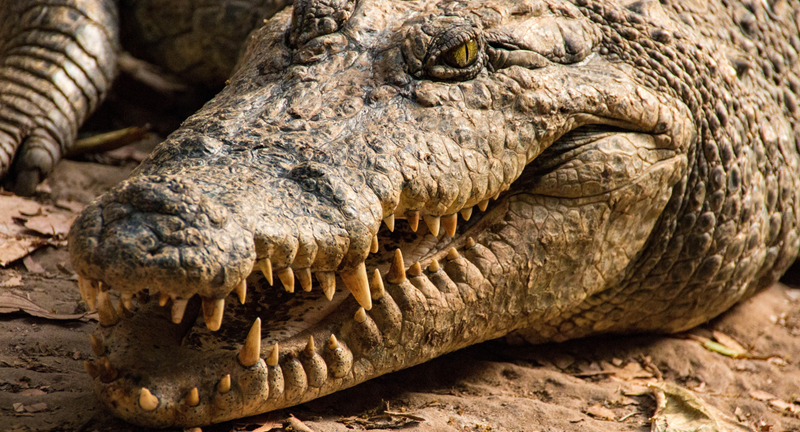
Shutterstock
In the rich tapestry of Earth’s wildlife, there exists a chilling and spine-tingling chapter dedicated to some of the most intimidating and formidable creatures known to humanity. From the abyssal depths of the ocean to the heart of dense jungles, these animals have earned their fearsome reputations through a combination of deadly attributes, monstrous appearances, and legendary behaviors. In this exploration, we embark on a journey into the realms of venomous serpents with lethal bites, colossal predators that lurk beneath the surface, and massive creatures that haunt the depths of the forest. Join us as we delve into the world of nature’s nightmares, where survival hangs by a thread, and encounters with these creatures can send shivers down the spine.
Blue-Ringed Octopus
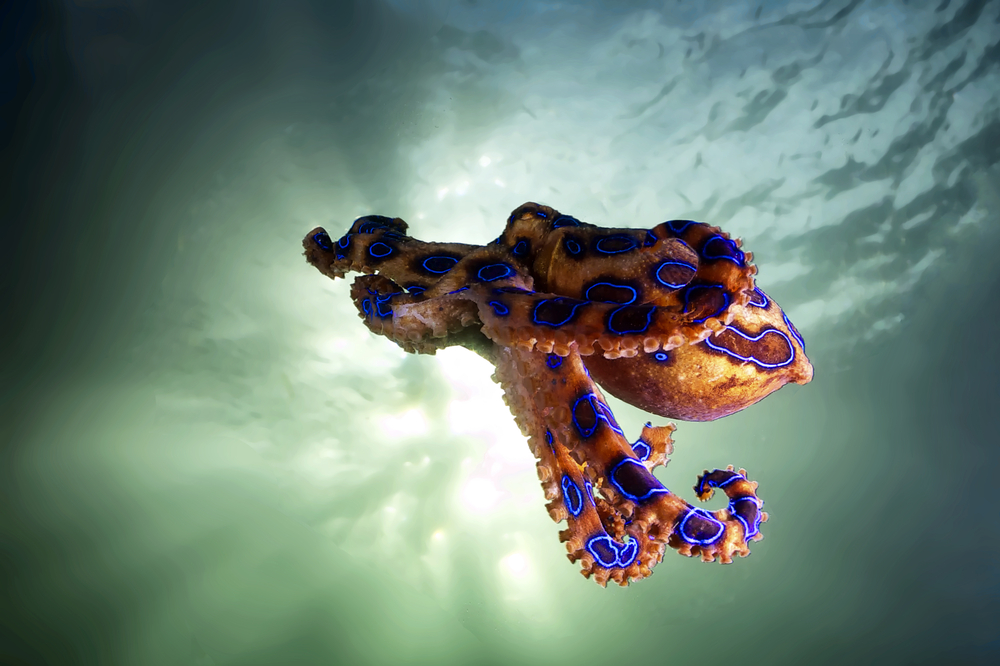
shutterstock
The Blue-Ringed Octopus, a small yet incredibly venomous marine creature, inhabits the waters of the Pacific and Indian Oceans, notably in Australia and Southeast Asia. Despite its size, these octopuses possess venom containing potent neurotoxins, capable of inducing paralysis and even death if bitten. Their distinct blue rings serve as a warning to potential predators, rendering them one of the most visually striking species in the ocean. Known for their secretive nature, Blue-Ringed Octopuses are masters of camouflage, seamlessly blending into their surroundings until they feel threatened, at which point they reveal their vibrant blue rings as a warning signal.
Komodo Dragon
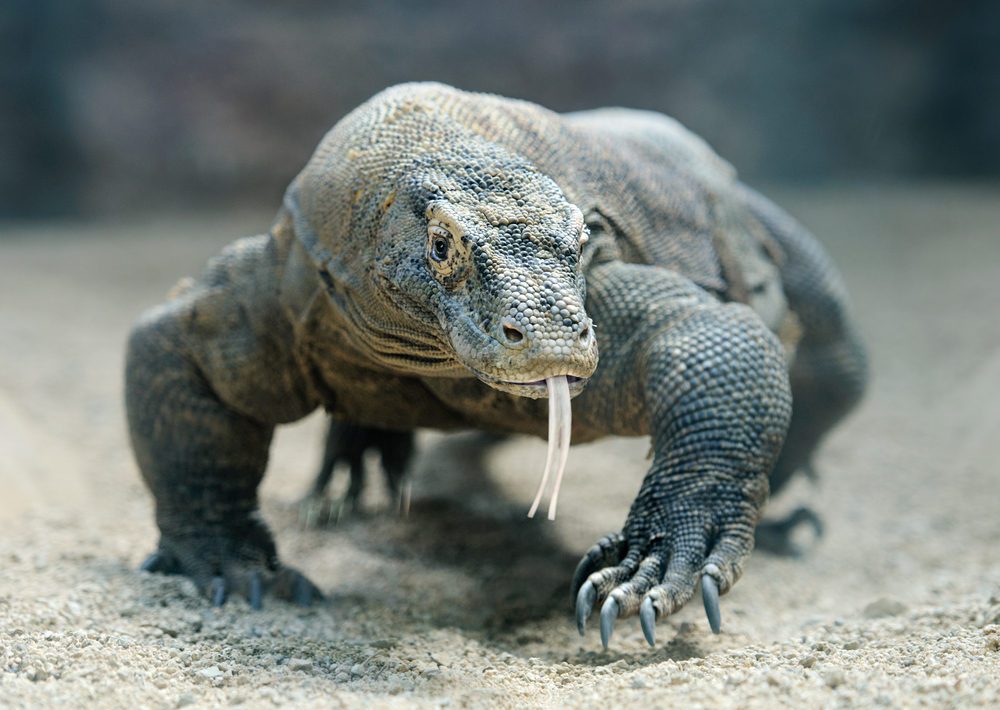
shutterstock
The Komodo Dragon reigns as the largest lizard on the planet, inhabiting the Indonesian islands. These apex predators can attain lengths of up to 10 feet and wield a venomous bite. Despite their formidable size and appearance, they primarily scavenge carrion and employ their acute senses to hunt prey. Conservation endeavors are imperative to safeguard these remarkable reptiles, as they confront threats stemming from habitat loss and poaching.
Golden Poisonous Dart Frog
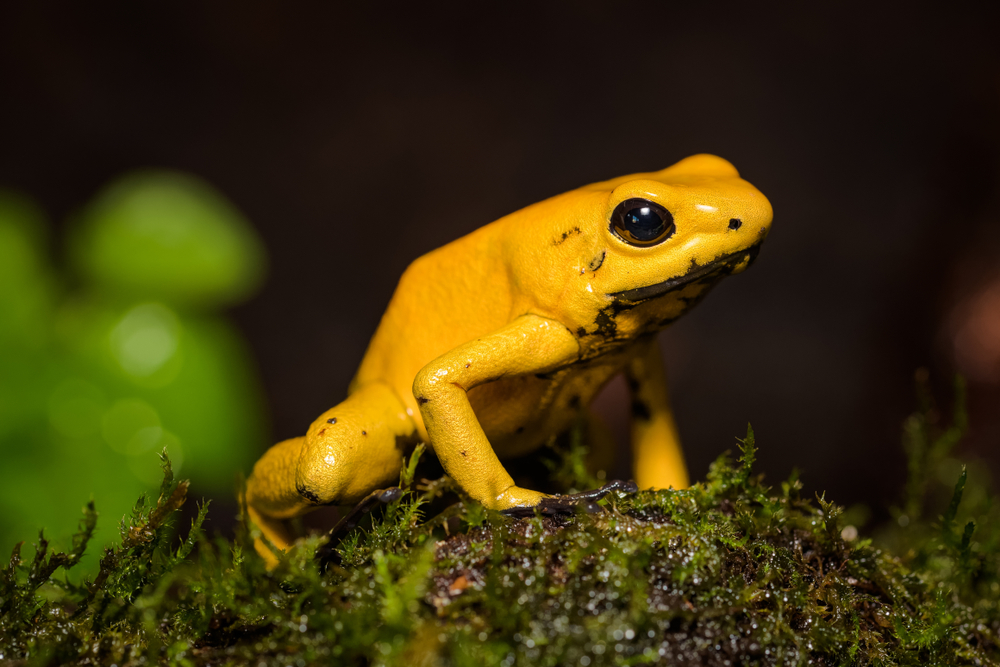
shutterstock
The Golden Poison Dart Frog is a small yet stunningly colorful amphibian native to the rainforests of western Colombia in South America. Renowned for its vivid appearance, it boasts bright orange or yellow skin adorned with black spots, serving as a clear warning to potential predators. This species stands as one of the most toxic animals globally, with skin secretions containing potent neurotoxins known as batrachotoxins. Historically, indigenous peoples have utilized these toxins to poison the tips of blow darts for hunting, hence the frog’s name. Despite its toxicity, the Golden Poison Dart Frog faces critical endangerment due to habitat loss and poaching pressures.
Belcher’s Sea Snake
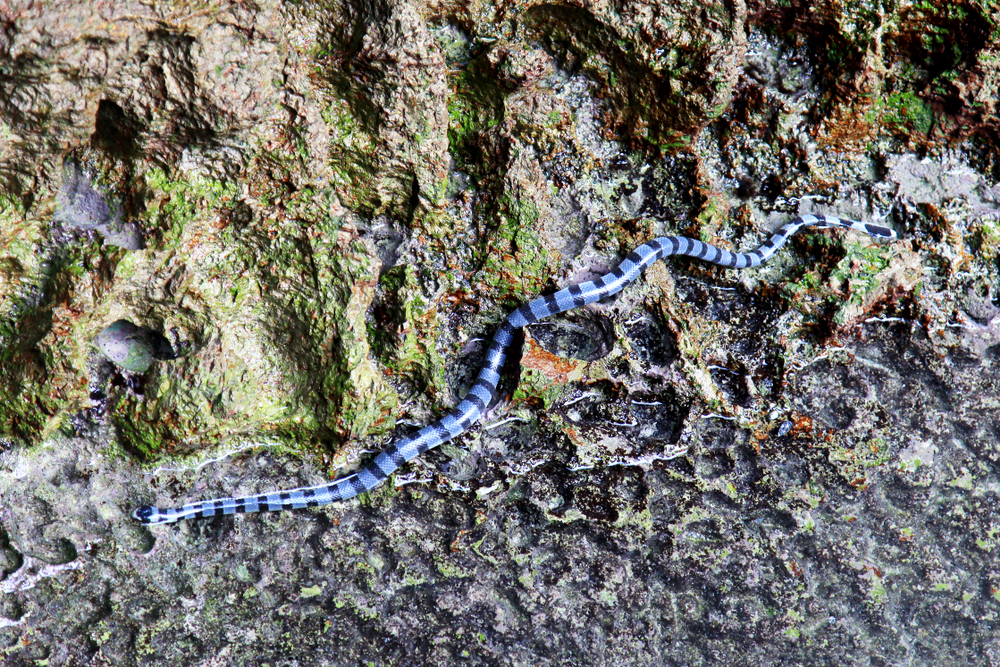
shutterstock
Belcher’s Sea Snake is a highly venomous marine snake inhabiting the warm waters of the Indian and western Pacific Oceans, including areas like the Gulf of Thailand and the northern coast of Australia. Named after the British Royal Navy officer Sir Edward Belcher, who conducted survey work in the 19th century, it stands out among sea snakes for its distinct banded coloration, featuring black bands on a yellow or olive-green body. Despite its potent venom, Belcher’s Sea Snake is generally non-aggressive and rarely poses a threat to humans. Spending most of its life in the open ocean, it excels as a swimmer, utilizing its paddle-like tail for navigation. While encounters with this sea snake are uncommon, its venom is highly toxic, containing neurotoxins capable of inducing paralysis and death if bitten. Fortunately, fatalities from Belcher’s Sea Snake bites are rare, primarily due to their docile nature and limited interaction with humans.
Wolverine

shutterstock
The Wolverine, renowned for its rugged and solitary disposition, is a carnivorous mammal inhabiting the northern regions of North America, Europe, and Asia. With its sturdy physique, sharp claws, and dense fur coat, it thrives in harsh and cold environments. Wolverines are formidable predators, adept at hunting prey much larger than themselves, showcasing their prowess in the wilderness. Their territorial behavior and elusive nature add to their mystique as enigmatic denizens of the wild.
Cassowary
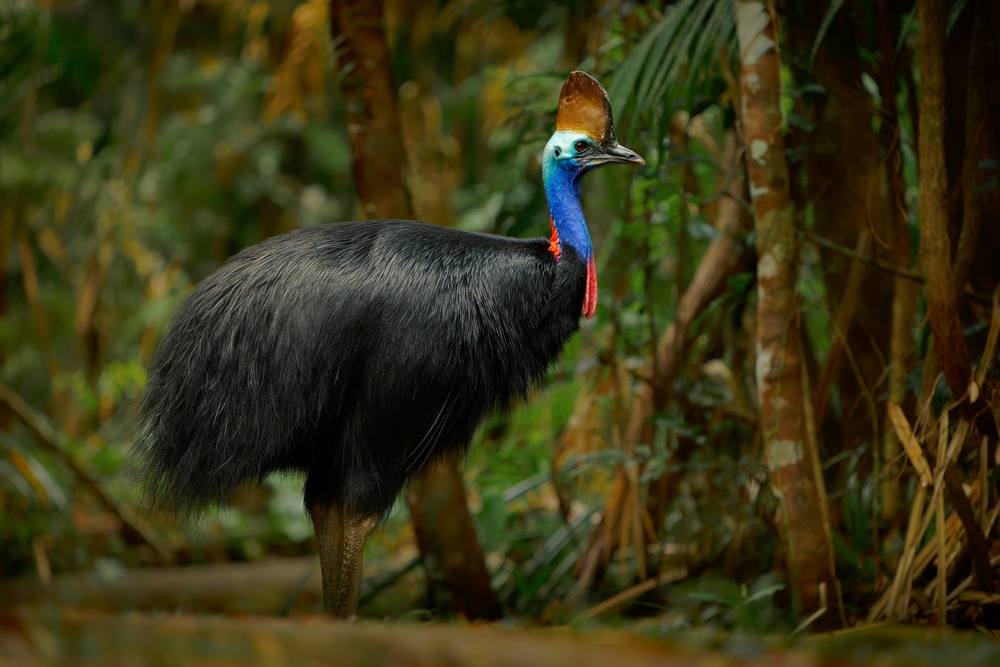
shutterstock
The Cassowary, a sizable flightless bird indigenous to the tropical forests of New Guinea and northern Australia, captivates with its striking appearance. It features vibrant blue skin adorning its neck and head, a helmet-like casque atop its head, and striking black plumage. Revered as one of the world’s most formidable birds, Cassowaries possess powerful legs armed with sharp claws capable of inflicting serious injuries. Their territorial and defensive behavior further accentuates their reputation as formidable creatures of the forest.
Black Mamba
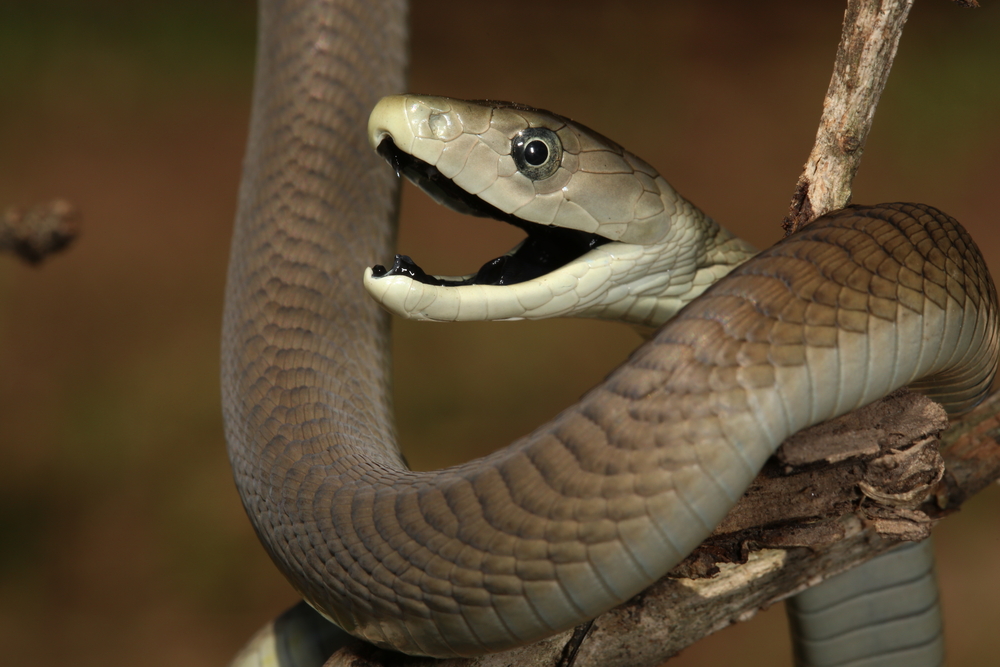
shutterstock
The Black Mamba stands out as one of Africa’s most dreaded and lethal snakes. Its long, slender form, coupled with its highly venomous nature, earns it a fearsome reputation. The name “Black Mamba” derives from the inky-black coloration inside its mouth, which it reveals as a warning when feeling threatened. Renowned for its remarkable speed and agility, this snake is capable of delivering multiple strikes in rapid succession. With its neurotoxic venom capable of inducing paralysis and, if left untreated, fatal consequences, the Black Mamba reigns as a top predator in its habitat, demanding utmost caution from those who encounter it.
Nile Crocodile
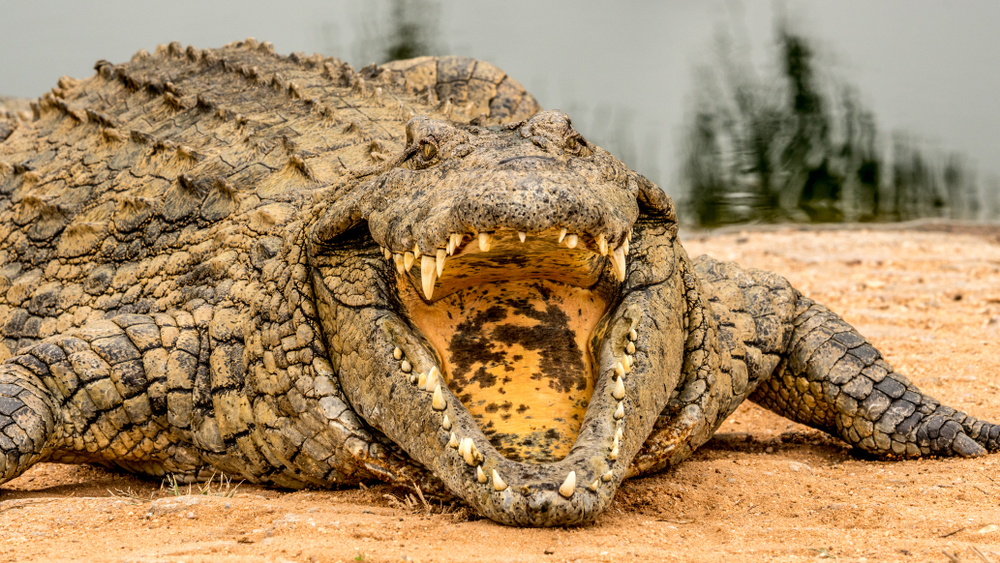
shutterstock
The Nile Crocodile stands as one of Africa’s most iconic and formidable reptiles, renowned for its imposing size and assertive demeanor. This species thrives in freshwater habitats, including rivers, lakes, and swamps across sub-Saharan Africa, claiming the title of the continent’s largest crocodilian. As opportunistic predators, Nile Crocodiles exhibit remarkable hunting prowess, capable of overpowering prey as large as wildebeest and zebras. This positions them as apex predators within their ecosystems, presenting a significant threat to both wildlife and humans who coexist in their habitats.
Hippopotamus
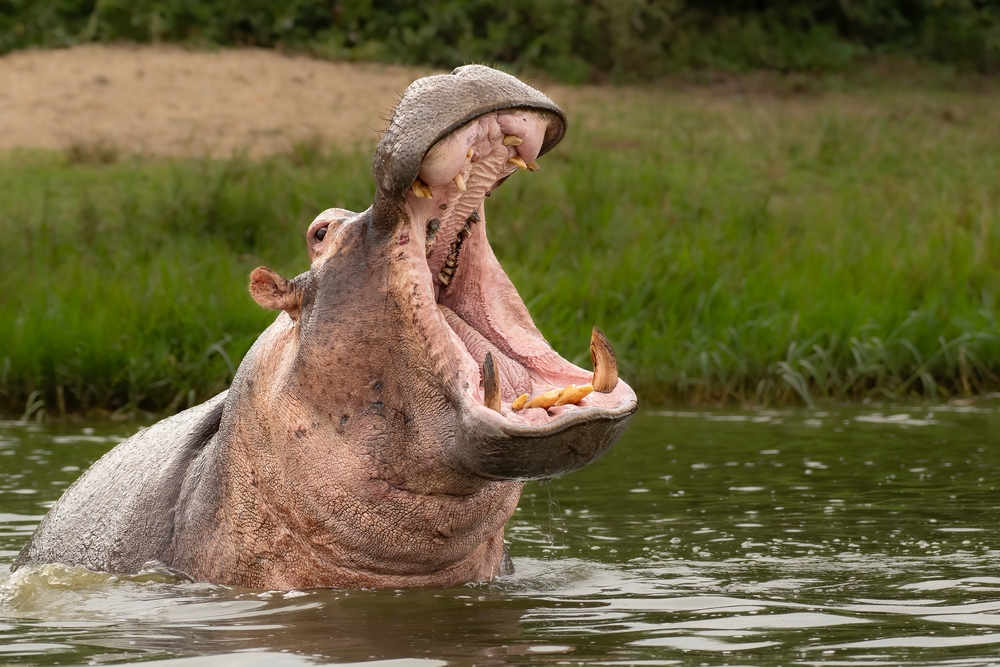
shutterstock
The Hippopotamus, commonly known as the “hippo,” is a substantial semi-aquatic mammal native to sub-Saharan Africa. Renowned for its imposing size, barrel-shaped body, and formidable teeth, hippos rank among the most dangerous animals on the continent. Despite their seemingly placid appearance, they exhibit highly territorial behavior and can become exceptionally aggressive, especially when feeling threatened or cornered. Hippos are recognized for their amphibious lifestyle, spending considerable periods in rivers and lakes, where they can submerge themselves to regulate body temperature and graze on aquatic vegetation.
Great White Shark

shutterstock
The Great White Shark holds a place as one of the ocean’s most iconic and feared predators. Renowned for its imposing size, formidable jaws brimming with serrated teeth, and sleek, torpedo-shaped physique, the Great White Shark stands as an apex predator found in oceans worldwide. These sharks are celebrated for their remarkable swimming speed and agility, enabling them to breach the water’s surface in breathtaking displays while hunting seals and other marine mammals. Despite their fearsome reputation, Great White Sharks seldom pose a threat to humans and typically focus on their natural prey. Nonetheless, they are responsible for a small number of shark attacks each year, contributing to their infamy.
Black Rhinoceros
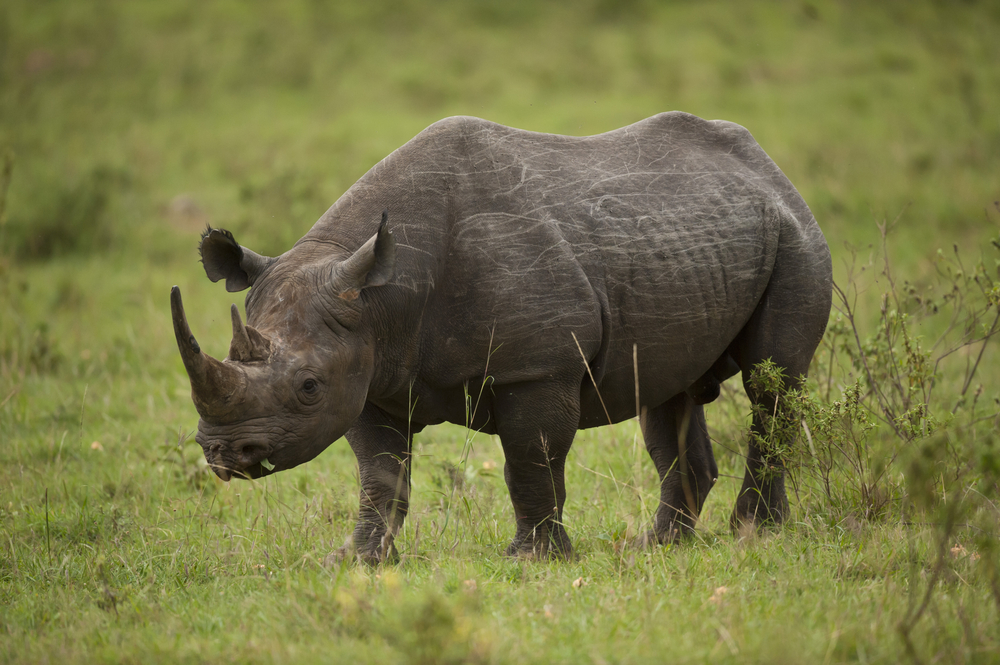
shutterstock
The Black Rhinoceros, often known as the “black rhino,” is a large and imperiled mammal indigenous to Africa. Despite its name, black rhinos can exhibit colors ranging from grey to dark brown. Renowned for their prehensile upper lip and two distinctive horns on their snout, black rhinos are herbivores, primarily subsisting on various plant species. Sadly, these magnificent creatures have encountered significant threats from habitat destruction and poaching, driven by the demand for their horns, highly prized in traditional medicine and the illicit wildlife trade. Conservation endeavors have been initiated to safeguard and conserve the black rhino population, yet they persist as critically endangered.
Goliath Birdeater
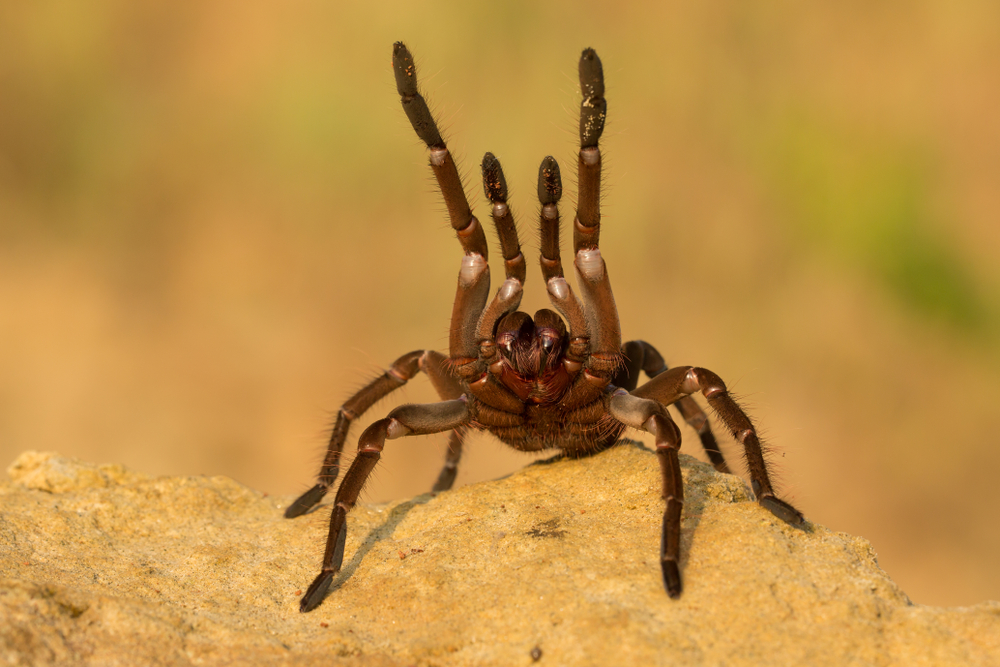
shutterstock
The Goliath Birdeater stands as a colossal and formidable tarantula species native to the rainforests of South America, particularly prevalent in the Amazon Basin. Its remarkable size is its hallmark, with some individuals boasting a leg span reaching up to a foot or more, earning it a place among the largest spiders globally. Despite its moniker, the Goliath Birdeater primarily feeds on insects, small vertebrates, and other invertebrates, rather than birds. While its imposing size and appearance may evoke fear, it generally poses little threat to humans unless provoked. However, its fangs are capable of delivering a painful bite, and its urticating hairs can cause irritation if handled.
Electric Eel
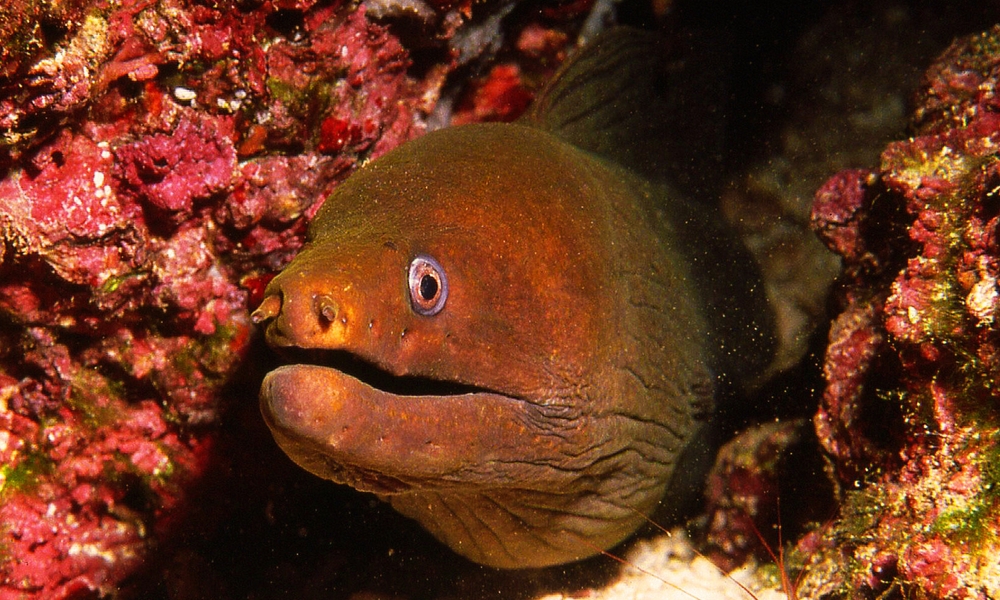
shutterstock
The Electric Eel is an extraordinary and distinctive fish native to the Amazon and Orinoco river basins in South America. It is renowned for its remarkable ability to produce electric shocks, which it utilizes for navigation, communication, and hunting. These shocks can be potent enough to stun or immobilize prey and serve as a defense mechanism against predators. Electric Eels possess elongated bodies and can grow to lengths of up to 8 feet (2.5 meters). Despite their moniker, they are not genuine eels but rather belong to a family of knifefish. Their electric organ, responsible for generating electrical discharges, comprises thousands of specialized cells known as electrocytes.
Colossal Squid

shutterstock
The Colossal Squid is a colossal cephalopod inhabiting the Southern Ocean surrounding Antarctica. It garners attention for its immense dimensions, with specimens reaching staggering lengths of up to 12-14 meters (39-46 feet), rendering it one of the largest invertebrates known to science. Sporting colossal eyes and formidable tentacles armed with sharp hooks, it prowls the depths of the Antarctic’s dark waters in pursuit of prey. Despite its imposing presence, the Colossal Squid remains shrouded in mystery, largely due to the depths at which it resides, making it an enthralling subject of exploration for marine biologists.
Vampire Bat
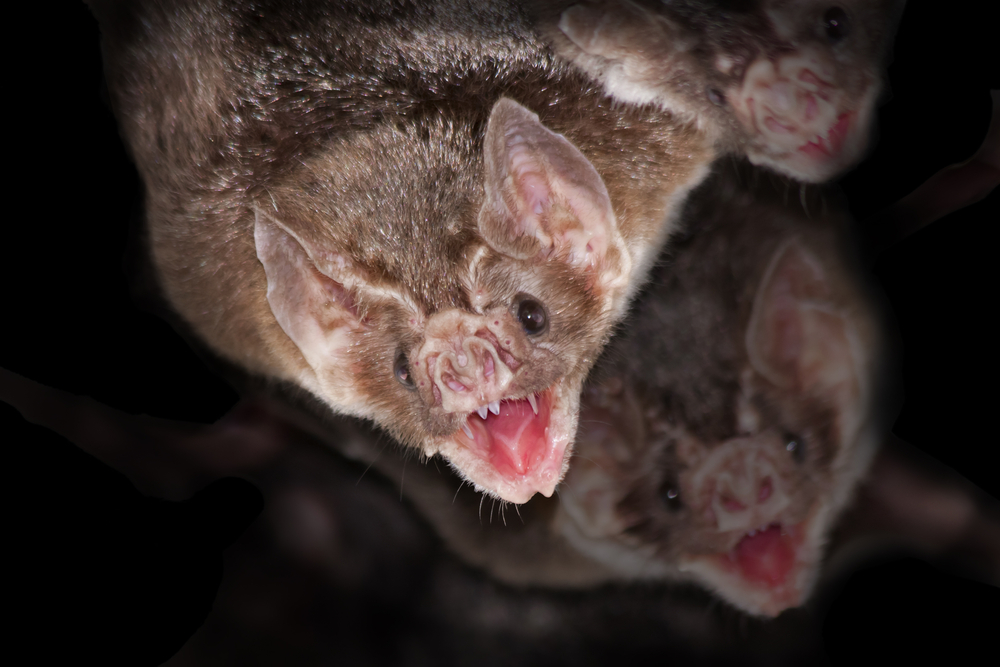
shutterstock
The Vampire Bat is a unique bat species native to the Americas. These diminutive bats are renowned for their blood-feeding habits, exclusively subsisting on the blood of other animals. Employing sharp teeth, they make small incisions and possess specialized heat-sensing organs to locate blood vessels. While their feeding behavior may evoke a sense of unease, Vampire Bats serve a vital ecological role by controlling insect and tick populations. Additionally, they exhibit distinctive social behaviors within their colonies, contributing to their fascinating nature.
Stonefish
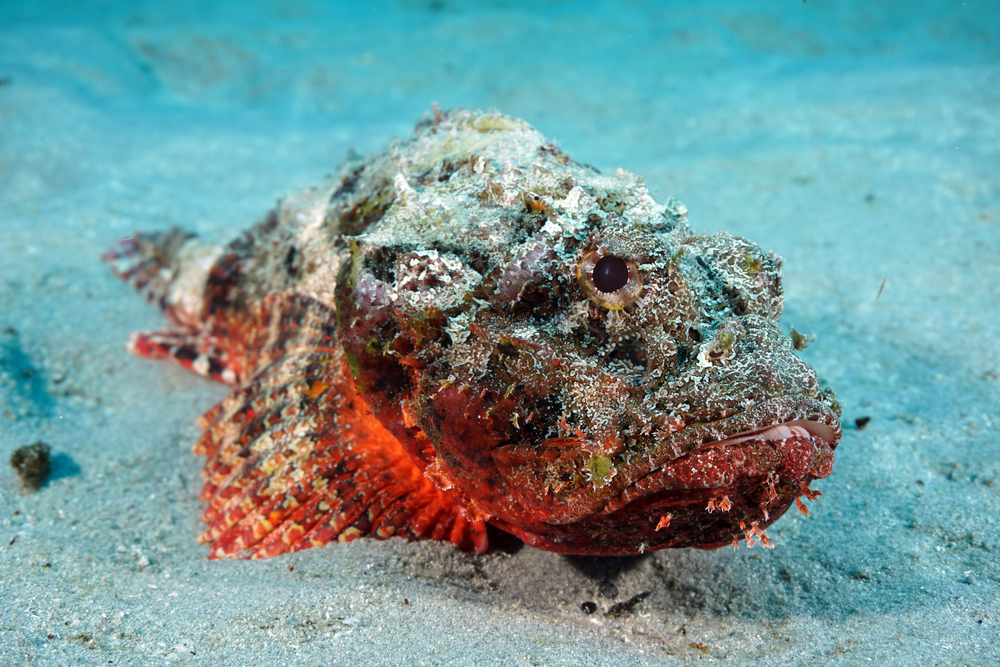
shutterstock
The Stonefish is a venomous marine fish predominantly found in the Indo-Pacific region, including the waters of Australia, Southeast Asia, and the Indian Ocean. It holds the reputation of being one of the most venomous fish globally. The name “Stonefish” originates from its remarkable ability to blend seamlessly among rocks and coral formations, rendering it nearly invisible to the naked eye. When provoked or stepped on, the Stonefish deploys its venomous spines along its dorsal fin, delivering a potent toxin capable of inducing excruciating pain, tissue damage, and, in severe cases, even death if left untreated. Given its camouflage and venomous nature, the Stonefish poses a significant threat to snorkelers, divers, and beachgoers in its habitat.
Cape Buffalo
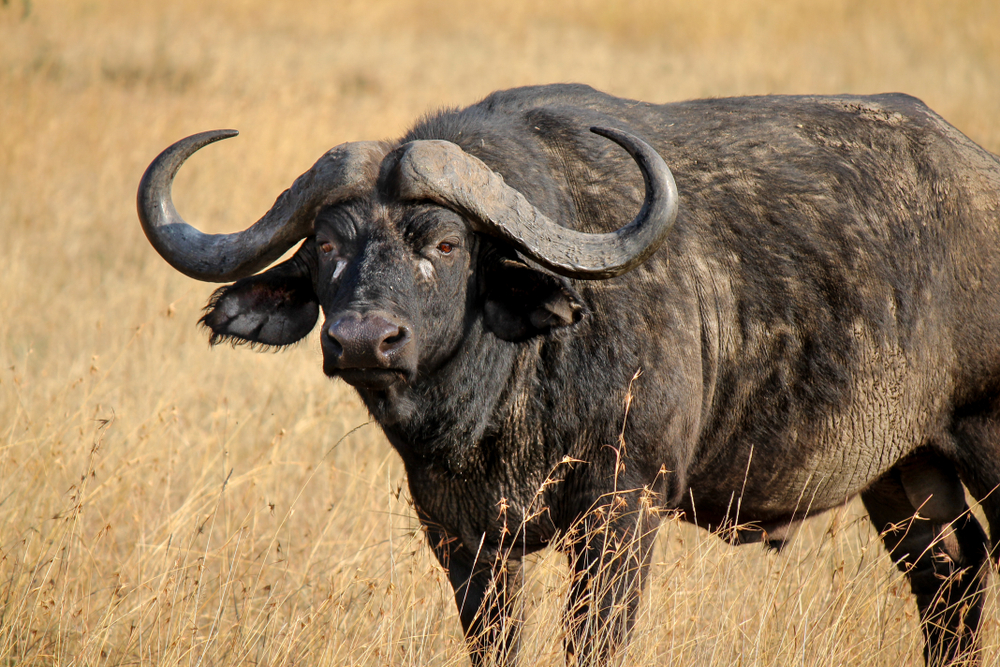
shutterstock
The Cape Buffalo, also identified as the African Buffalo, stands as a sizable and formidable bovine species native to sub-Saharan Africa. Distinguished by its sturdy physique, curved horns, and dark hue, Cape Buffaloes are famed for their social tendencies and robust herding instincts. They commonly assemble in extensive groups, known as herds, providing collective defense against predators. Despite their herbivorous diet, Cape Buffaloes rank among Africa’s most perilous animals owing to their unpredictable behavior and capacity to charge when feeling threatened. Renowned for their resilience, they have remained a cornerstone of African wildlife and culture for centuries.
Conclusion

shutterstock
As we conclude our exploration of the 17 scariest animals still roaming the planet today, it’s evident that our world harbors a diverse array of formidable and awe-inspiring creatures. From the depths of the oceans to the vast expanses of forests and savannas, these animals command respect and admiration for their sheer power, cunning, and survival instincts. While their presence may evoke fear and fascination, it’s essential to recognize their crucial roles in maintaining ecological balance and biodiversity. Through conservation efforts and responsible coexistence, we can ensure the continued existence of these remarkable beings while nurturing a deeper appreciation for the wonders of the natural world.
More Amazing Animals+
-


Who Knew? 33 Reasons Rats Are the Perfect Pet
-


Ducks Are Cooler Then You Think, Here’s Why
-


Orphaned bear cubs playing in tree after mother bear, Bobbi,…
-
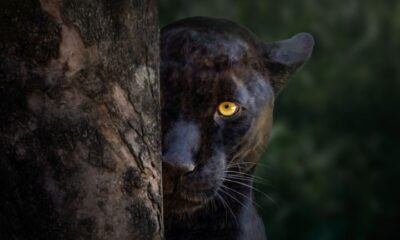

What’s Your Spirit Animal? 25 Powerful Guides and Their Meanings
-
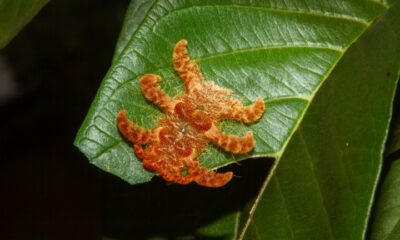

29 Caterpillars That Look More Like Fuzzy Aliens Than Animals
-


Udderly Adorable: 19 Cute Cow Breeds You’ll Love
-


20 Animals At Risk Of Extinction That Need Our Help
-
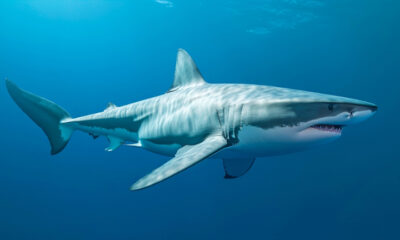

25 Fascinating Great White Shark Facts
-
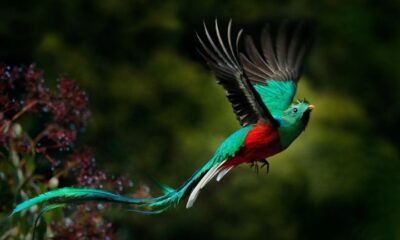

30 Most Beautiful Birds In North America
-


Giant panda celebrates first birthday with special cake at zoo…
-
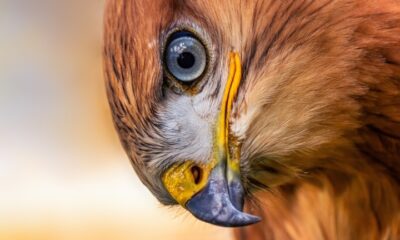

Hawk Yeah! 26 Facts About The Best Birds
-
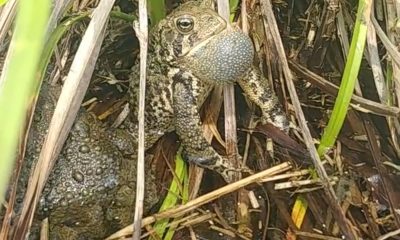

Who needs online dating when you could have a toads…
